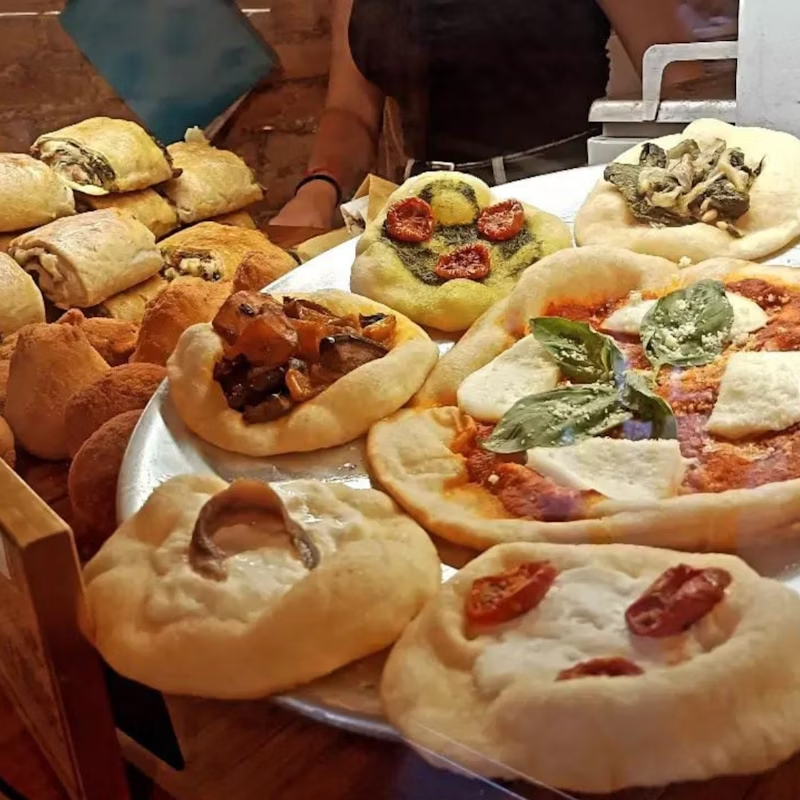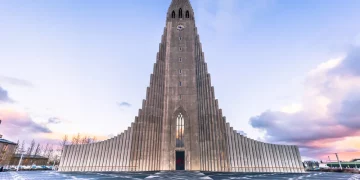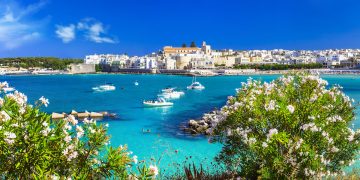Introduction: The Intersection of Food, Culture, and Entertainment in Ancient Rome
The Colosseum, known formally as the Flavian Amphitheater, stands as a monument not just to architectural ingenuity and historical grandeur, but also as a space of social interaction, entertainment, and even culinary indulgence. While most people associate the Colosseum with gladiators, animal hunts, and public executions, it also hosted elaborate feasts, banquets, and spectacles where food and beverages played a central role. Roman society’s understanding of food was not just functional; it was intertwined with social customs, religious practices, and political power.
During the grand spectacles at the Colosseum, where the population gathered to witness battles, animal hunts, and mock naval engagements, the consumption of food and drink served multiple purposes—filling the bellies of thousands, adding to the festive atmosphere, and even acting as a tool of imperial propaganda. These events were designed not only to entertain but to convey messages about Rome’s dominance, its civility, and its ability to provide for its citizens.
This article explores what types of food and beverages were consumed within the Colosseum, how these practices reflected Roman food culture, and how they fit into the larger context of public spectacle. Additionally, we’ll delve into the cultural significance of food and drink during these events and trace how they were used to reinforce social hierarchies, political control, and religious customs.
1. What Was the Role of Food in Ancient Roman Public Spectacles?
The “Bread and Circuses” Phenomenon
The phrase “bread and circuses” (panem et circenses) was coined by the Roman poet Juvenal to describe the political tactic of appeasing the masses with free food and entertainment. This strategy was deeply entwined with the games held at the Colosseum. The imperial games—which included gladiatorial contests, animal hunts, and mock naval battles—were not just about providing entertainment, but also about ensuring the loyalty of the populace. In this context, food was a vital aspect of the spectacle.
- Political Control: Offering free food to the people was a tool used by the emperor to maintain social order and distract the populace from political unrest. Providing food at these events reinforced the emperor’s image as a benefactor of the people and a leader who could provide both material sustenance and entertainment.
- Cultural Significance: Feasts and banquets were integral to Roman culture, and they symbolized generosity and imperial power. Hosting grand events with food and drink in the Colosseum allowed emperors to project their power and wealth to the masses. These grand events often served as a celebration of Roman conquests and victories, further solidifying the emperor’s status.
Feasts as Symbolic Rituals
Roman feasts were not only about consumption but were highly ritualized affairs, often involving elaborate settings, music, and entertainment. These feasts were typically socially stratified affairs, and they reflected Roman values such as hospitality, generosity, and the importance of social order. Food and drink at the Colosseum were no exception, and special religious and social rituals were often performed alongside the games.
2. What Types of Food Were Served at the Colosseum?
Staples of Roman Food Culture
Roman cuisine was based on a diverse range of ingredients that were available throughout the empire, from the grains used to make bread to the exotic fruits and meats brought in from conquered lands. The food served at the Colosseum would have reflected both the availability of resources and the spectacle’s grandeur. Here are the most common types of food likely consumed during events at the Colosseum:
1. Grains and Bread
Bread was one of the most basic and essential staples in Roman society, and it played a significant role in public events, particularly in the form of free bread distributions. The annona (grain supply) was a system that ensured the people of Rome had access to cheap or free bread, often provided during public games.
- Bread: Various types of bread were available, often accompanied by olive oil, which was a vital part of Roman food culture. The emperor would often distribute panem et circenses to the crowds in the form of flatbreads or more elaborate loaves.
2. Meat and Exotic Foods
The games at the Colosseum often featured large animal hunts (venationes), where exotic and dangerous animals were captured from far-flung corners of the empire. The meat from these animals was a central part of the feasts that followed.
- Meats: The most common meats consumed included pork, beef, poultry, and lamb, but during special events, exotic animals like elephants, lions, and bears were also slaughtered for their meat.
- Game Meat: Wild game, such as venison (deer) and wild boar, was often featured at the larger feasts. Roman elites enjoyed a variety of game meats, which were a symbol of status and wealth.
3. Fruits and Vegetables
The Roman Empire had access to a wide variety of fruits and vegetables, many of which were served at the Colosseum during feasts and events.
- Fruits: Common fruits included grapes, figs, apples, and pomegranates, often served fresh or as part of elaborate fruit pastes or jams.
- Vegetables: Vegetables such as cabbage, onions, and lentils were commonly consumed by both the rich and poor. The poor, however, were more likely to consume simpler foods like barley and legumes.
4. Seafood
Although the Colosseum was primarily associated with land-based spectacles, seafood may have also been part of the Colosseum’s menu, especially during mock naval battles (naumachiae).
- Fish: Romans enjoyed fish, including salmon, trout, and sea bream. These would have been served both as part of lavish feasts or during specific ceremonial events.
What Food Was Specially Prepared for Large Crowds?
Given the large scale of the Colosseum’s events, food would have been prepared and served in mass quantities. The Roman Empire’s culinary infrastructure would have allowed for such large-scale catering.
- Large Roasts: It’s likely that huge animals such as oxen or wild boars were roasted whole for public feasts, served alongside vegetables, grains, and bread.
- Food Carts: Street vendors, or popinae, might have been positioned outside the Colosseum to serve simpler fare to the crowds before or after the main events. Foods like sausages, cheese, and fruit could be sold in these casual settings.

3. What Beverages Were Consumed in the Colosseum?
The drinking customs of Ancient Rome played a pivotal role in public entertainment and social interaction. During the grand events at the Colosseum, both alcoholic and non-alcoholic beverages would have been served to the crowds.
Wine: The Roman Beverage of Choice
Wine was the primary alcoholic beverage consumed in Ancient Rome, and it was ubiquitous at public events such as those held in the Colosseum.
- Diluted Wine: Wine in Ancient Rome was typically diluted with water, as the alcohol content was high, and drinking undiluted wine was often considered barbaric. The wine served at the Colosseum was likely diluted to ensure that it could be consumed in large quantities without causing drunkenness among the masses.
- Flavored Wines: Sometimes, wine was flavored with herbs and spices, such as honey, pepper, or myrrh, to enhance the flavor profile. Some historical records suggest that wine served at events was spiced to add to the festive atmosphere.
Posca: The Drink of the Roman Soldier
The working class, including slaves and gladiators, would often drink posca, a drink made from vinegar, water, and sometimes herbs. It was a low-cost drink popular among soldiers and commoners. Gladiators, who had intense physical training and combat duties, may have consumed posca for hydration and energy.
Water and Fruit Juices
While wine and posca were more common, water was also essential during large spectacles. The Romans were skilled in engineering and constructed aqueducts to bring fresh water into the city, ensuring that it was available during public events. In addition, fruit juices made from grapes, figs, and pomegranates were also consumed, though they were less common than wine.
4. What Role Did Food and Drink Play in Roman Social Hierarchies?
The Distribution of Food
The consumption of food and drink in Ancient Rome was closely linked to social stratification. Emperors and elites would enjoy the finest meats, wines, and delicacies, while the lower classes had more basic fare. At the Colosseum, this stratification was particularly evident in the distribution of food.
- Social Divisions: The elite members of Roman society would have enjoyed sumptuous feasts with fine meats and wines in the royal sections of the Colosseum. Meanwhile, the common people (plebeians) would have had access to simpler fare such as bread, gruel, and inexpensive fruits.
The Emperor’s Role in the Feast
The emperor played a central role in the food culture of the Colosseum. By providing free food, they maintained control over the masses, symbolizing their benevolence and care for the Roman people. Some emperors, such as Titus, would hold large banquets in honor of military victories or to commemorate the opening of public works like the Colosseum.
5. How Have These Roman Food Traditions Influenced Modern-Day Culinary Practices?
The Legacy of Roman Feasts
Many of the culinary traditions associated with Ancient Rome have endured through the ages. Modern Italian cuisine is heavily influenced by Roman culinary customs, especially the use of olive oil, wine, cheese, and bread. Roman food culture, with its emphasis on shared meals, lavish banquets, and social meals, has left an indelible mark on Italy’s culinary identity.
Conclusion: A Feast for the Eyes and the Stomach
The Colosseum, more than just a place of brutal combat, was also a site of extraordinary feasts and cultural practices. The food and beverages consumed in the arena were integral to the social and political atmosphere of Ancient Rome. They were used not only to sustain the masses but to project power, reinforce social hierarchies, and provide festive opportunities for the Roman people. Today, we can still see echoes of this rich food culture in Italy’s modern culinary landscape. The Colosseum, as a symbol of Roman grandeur, continues to embody the spirit of “bread and circuses”, where food, entertainment, and politics came together to create one of history’s most enduring empires.





















